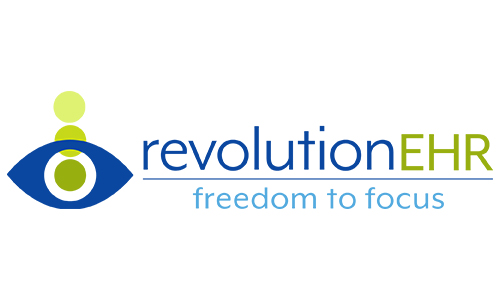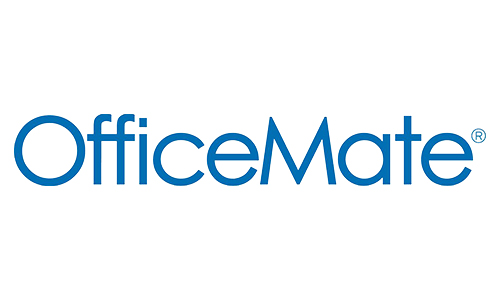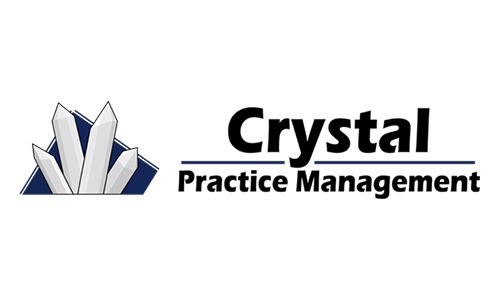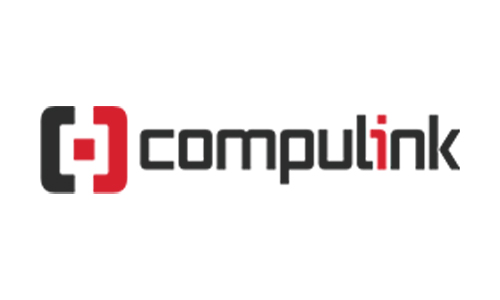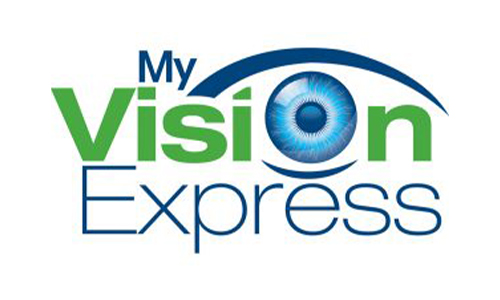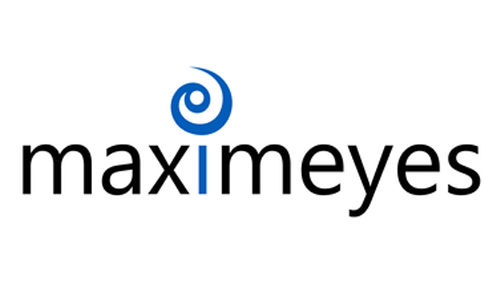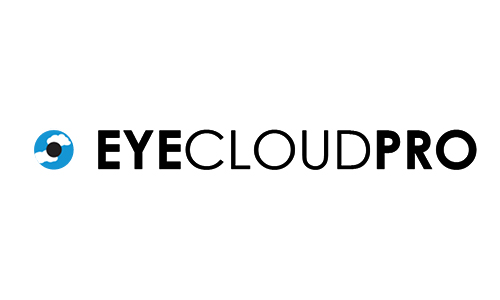MODIFIERS ARE COMPLICATED
By Melissa Jacobson, Operations Manager
Using the incorrect procedure modifiers—or missing them altogether—can lead to denials. Denials, of course, mean delays in payment, or worse, non-payment. As a refresher, below are commonly misused coding modifiers for optometry insurance billing.
MODIFIER 25:
“Used for significant, separately identifiable evaluation and management service by the same physician on the same day of the procedure or other service.”
This is most commonly misused coding modifier used when billing an E/M code with a minor surgical procedure.
Be careful, though, that documentation is in place to support the E/M code; most minor surgeries include elements of the exam already. A different diagnosis for the E/M code and the surgical procedure is NOT required (although commonly misunderstood as being required).
MODIFIER 24
“Used for unrelated evaluation and management service during a postoperative (global) period.”
This code is used, for example, when a patient is seen for an unrelated retinal detachment in the right eye during the post-op period for cataract surgery in the right eye and the same provider who is billing for the post-op period is also seeing them for the detachment.
The claim for any E/M service related to the retinal detachment and unrelated to the cataract surgery would have modifier 24 affixed to it. A different diagnosis for the E/M code and the surgical procedure IS required.
MODIFIER 51
“Multiple procedures performed same date of service by the same provider.”
Most of the time, this modifier is used by the payer. Providers do not need to add it.
This modifier would be applied, for example, in billing for punctal plugs. If you bill for two punctal occlusions at the same visit, modifier 51 will be applied by the payer and the 1st occlusion will pay at 100% and the 2nd at 50%.
MODIFIER 79
“Refers to an unrelated procedure or service by the same physician during the postoperative period.”
Not to be confused with modifier 24, this modifier is used when billing a second surgery during the global period of an unrelated procedure.
Most commonly, it is seen when billing for cataract surgery on the 2nd eye during the global period of cataract surgery for the 1st eye. Modifier 79 is added to the other modifiers used to bill the cataract surgery.
MODIFIER 26
“Professional component.”
Another commonly misused coding modifier, this modifier is used to break up diagnostic tests into just the professional component of the test.
For example, if a patient has an OCT done elsewhere and returns for just the interpretation and report of the OCT, the provider will bill the procedure with a modifier 26 to indicate only the professional component was completed by that provider that day.
TC MODIFIER
“Technical component.”
This modifier is used to break out diagnostic tests into just the technical component of the test.
For example, if a patient is simply having an OCT performed but is going elsewhere for the review of the results, the provider conducting the OCT but not reviewing it will bill the procedure with a modifier TC. This indicates only the technical component was completed by that provider that day.

